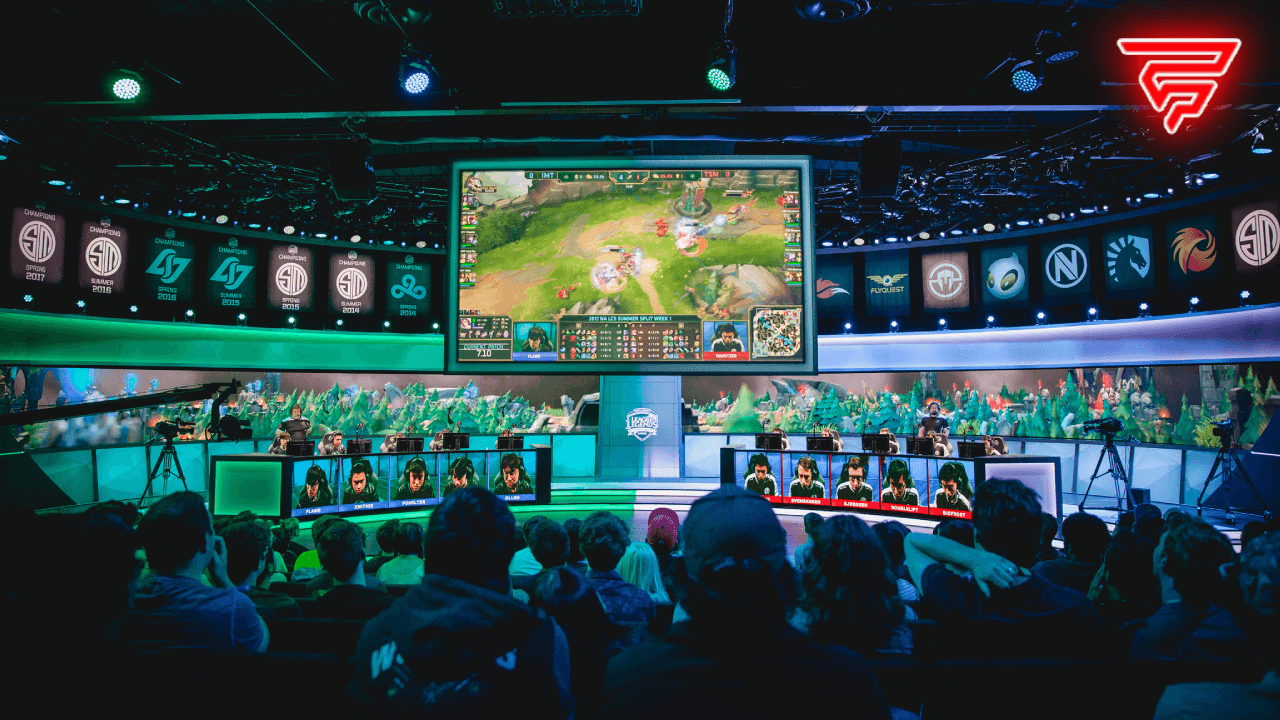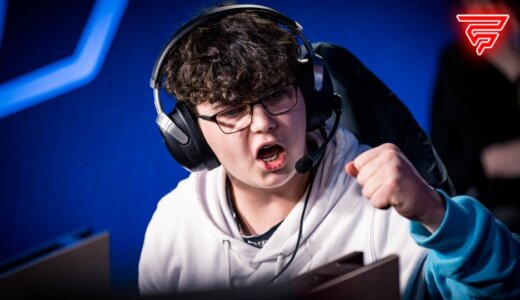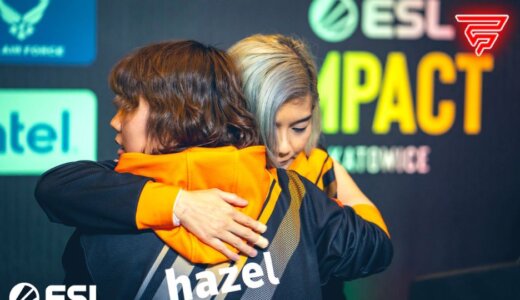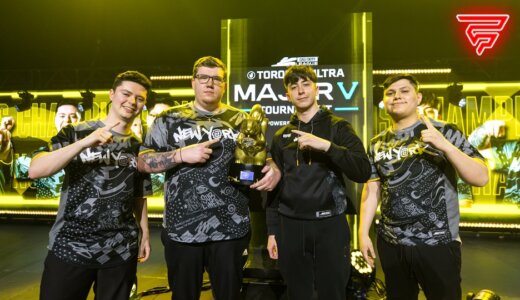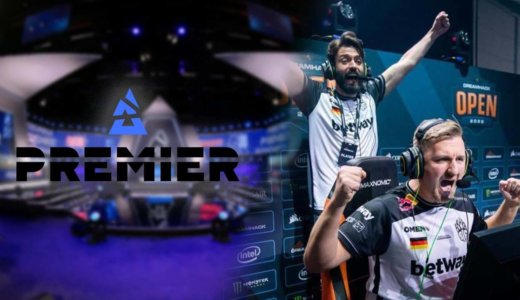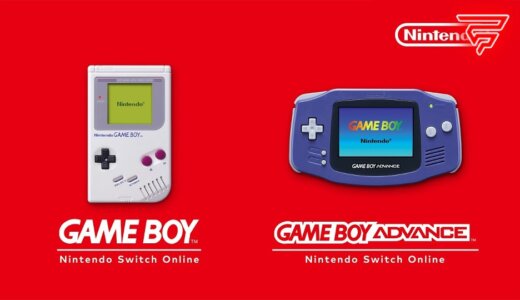Professional League of Legends teams from North America have never won the World Championship, and for the last few years, their results in all international events have been rather uninspiring. Apart from the MSI finals in 2019 in which Team Liquid lost to G2, and the 2018 Cloud9 Worlds run that ended in the semifinals, most North American teams have failed to match the level of other teams from the four major regions.
League in North America
There has been a lot of discussion going on for the last two years on why NA teams are underperforming at international events. Some of the indisputable problems are the size of the player base on the server and the ping conditions. While China has 31 servers from which they can choose and develop the most talented players, NA has only one that is limited by its player base.
The problem is that League is just not that popular in North America and a lot of kids don’t grow up playing it to consider it as a possible career. Unlimited access to all other traditional sports, as well as access to a lot more gaming formats, also hurt player base numbers. A lot more kids grow up playing on a console in NA, whereas PC gaming mostly dominates Europe and the Eastern regions.

Team Liquid at MSI 2019
While Korea is a small country and has enough developed infrastructure for everyone to have 7-13 ping, NA is a huge continent with its League server based in Chicago. The issue here is that most of the player base and around 60% of all challenger players reside on the east coast, while the LCS takes place in Los Angeles on the west coast and most of the team’s headquarters and gaming houses are located there as well. So this leaves most of the player base with 30-50 ping depending on their location and internet access and most pro players playing on 50-80 ping from the west coast.
Relying on imports, the ping issue, the decrease of the player base, and the overall state of Solo Queue in NA have all been noted as major problems for the improvement of the region. The limited number of players on the server leads to a limited number of players who reach high elo, and most of those players are one-tricks who often pursue streaming careers.
One-tricks, long queue times, dodging, toxicity, and ping all decrease the overall quality of Solo Queue, and many pros have stated that they would rather watch replays instead of playing low-quality games in high elo. And you can’t improve if you don’t actually play the game.
Introducing Champions Queue
So the NA LCS Players Association started a conversation six months ago with Riot to help resolve these issues. Led by the president of the NALCSPA, TL support CoreJJ, they came up with a solution that was announced as Champions Queue. After gathering opinions from all of the active LCS and Academy players they decided that this feature should solve some of the issues they face daily.
Low ping, no one-tricks, banned toxicity, and competing against the best at any time seems to be the goal for this private and selective queue. Although this doesn’t solve all of the issues pros and aspiring amateurs face it certainly helps the cause. We have yet to see how this will affect young high elo players who reside on the east coast but don’t have a team as of yet.
Moving on the other side of the country to play League when nothing is guaranteed might be a problem for most teenagers. A lot more information regarding the features and the admission criteria should be released in the upcoming months so follow us, the Fragster editorial, for the latest developments.
LCS format changes
The LCS has also announced changes to their format which aim to improve the quality of the competition, lighten up the burden on the players and make the games more accessible for the fans. The 2022 LCS Season will begin on January 14 with the LCS Lock-In Tournament in which 2021 LCS Championship finalists 100 Thieves and Team Liquid will draft the remaining eight teams into their groups for a single round-robin.

LCS Schedule
The Spring Split will start on February 5, and both splits will play out through eight-week double-round robins, with five games played on Saturday and Sunday. A new addition are the LCS Super Weeks that will happen once a split, during which five more games will be played on Fridays. Regular season standings will not carry over from Spring to Summer anymore and the broadcasts will start at 2 pm on Fridays, 1 pm on Saturdays, and 12 pm on Sundays, all Pacific Time.
The top six seeds will participate in the Spring Playoffs while the top eight teams will be a part of the Summer Playoffs. The top four seeds in the Spring Playoffs will play double elimination and the winner will represent North America at the Mid Season Invitational. The start of the Summer Split is being pushed back by a week to give the MSI representatives more rest, and they’re adding another week of rest between the end of the splits and the start of the playoffs.
